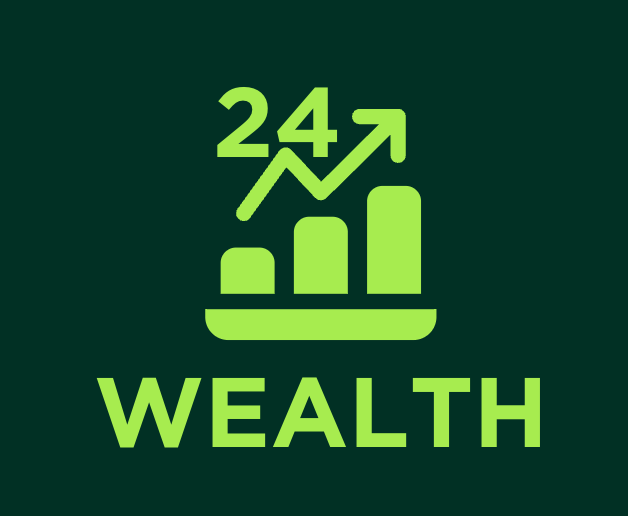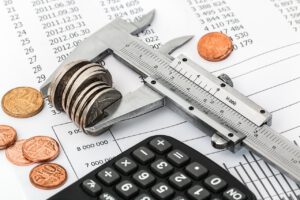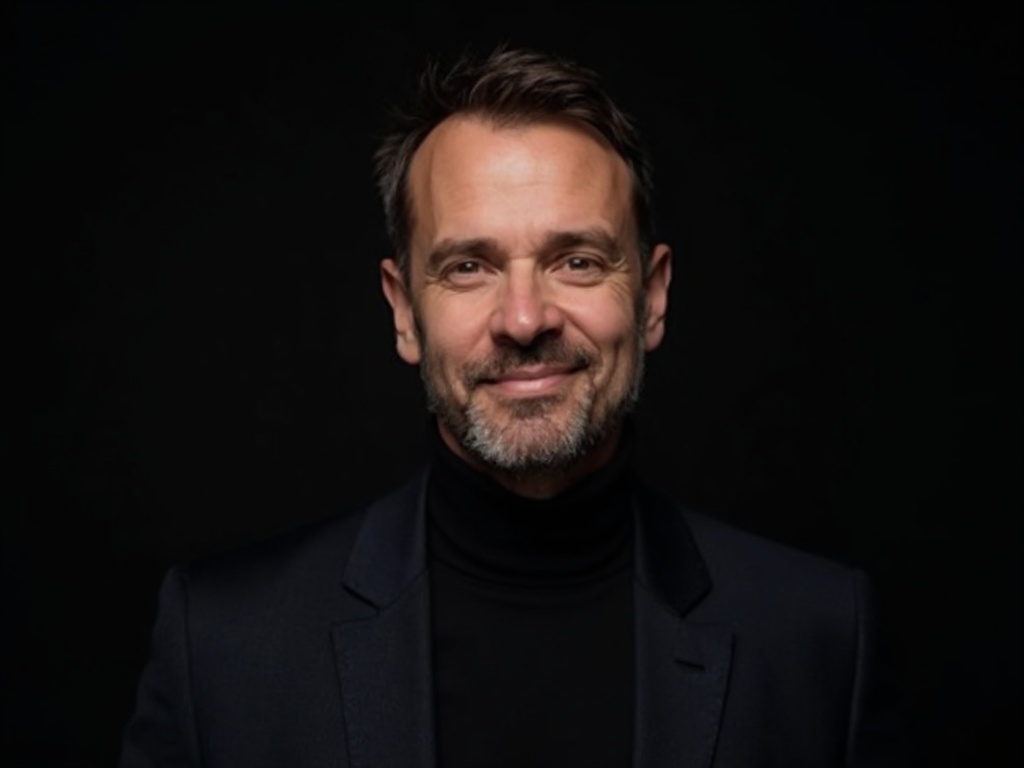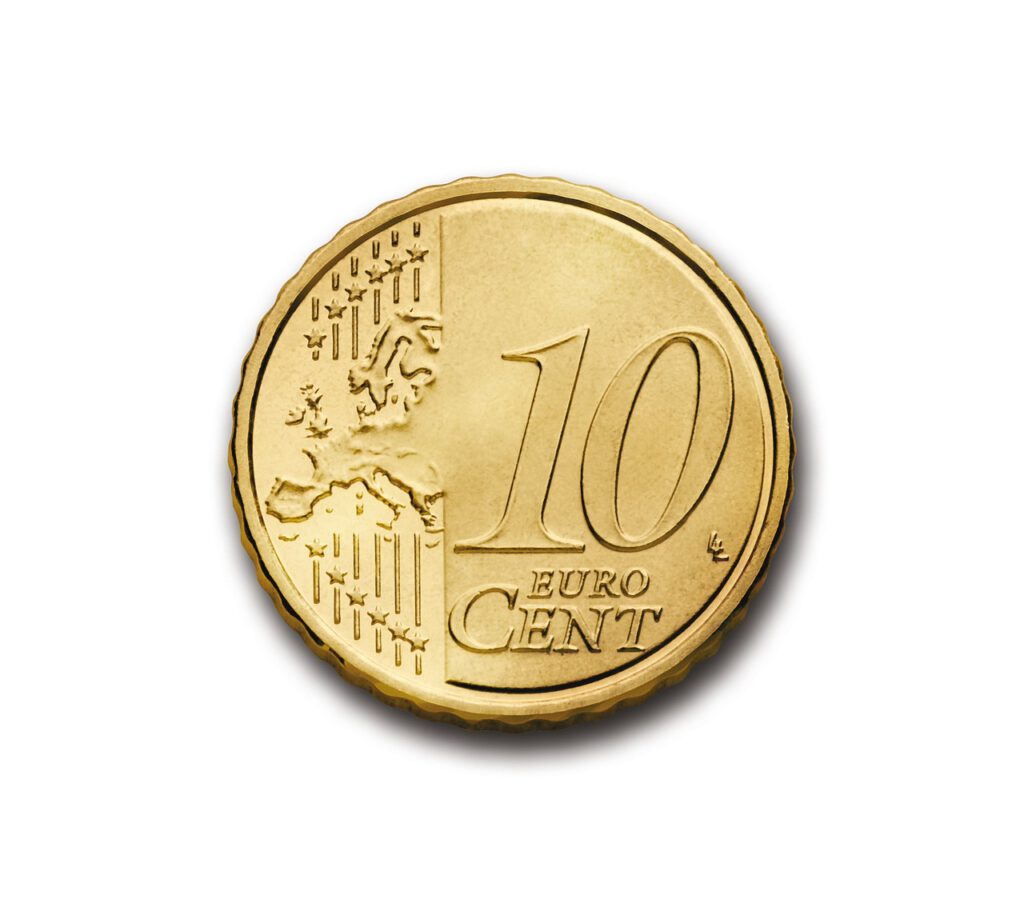Zero-Based Budgeting

Zero-based budgeting stands out as a favorite among financial planners because it requires you to give every dollar a specific job. Instead of letting money disappear into the void, this method makes you account for every cent—right down to the last dollar. Remarkably, a 2024 survey by the National Endowment for Financial Education showed that 60% of people who tried zero-based budgeting felt more in control of their money. The process can seem intense at first, but its power lies in how it uncovers spending habits you might not even realize you have. By assigning funds to expenses, savings, or debt repayment, nothing slips through the cracks. For those who want absolute clarity and discipline, zero-based budgeting is often the go-to recommendation. Over time, many find that this method leads to smarter spending and more confident financial choices.
The 50/30/20 Rule
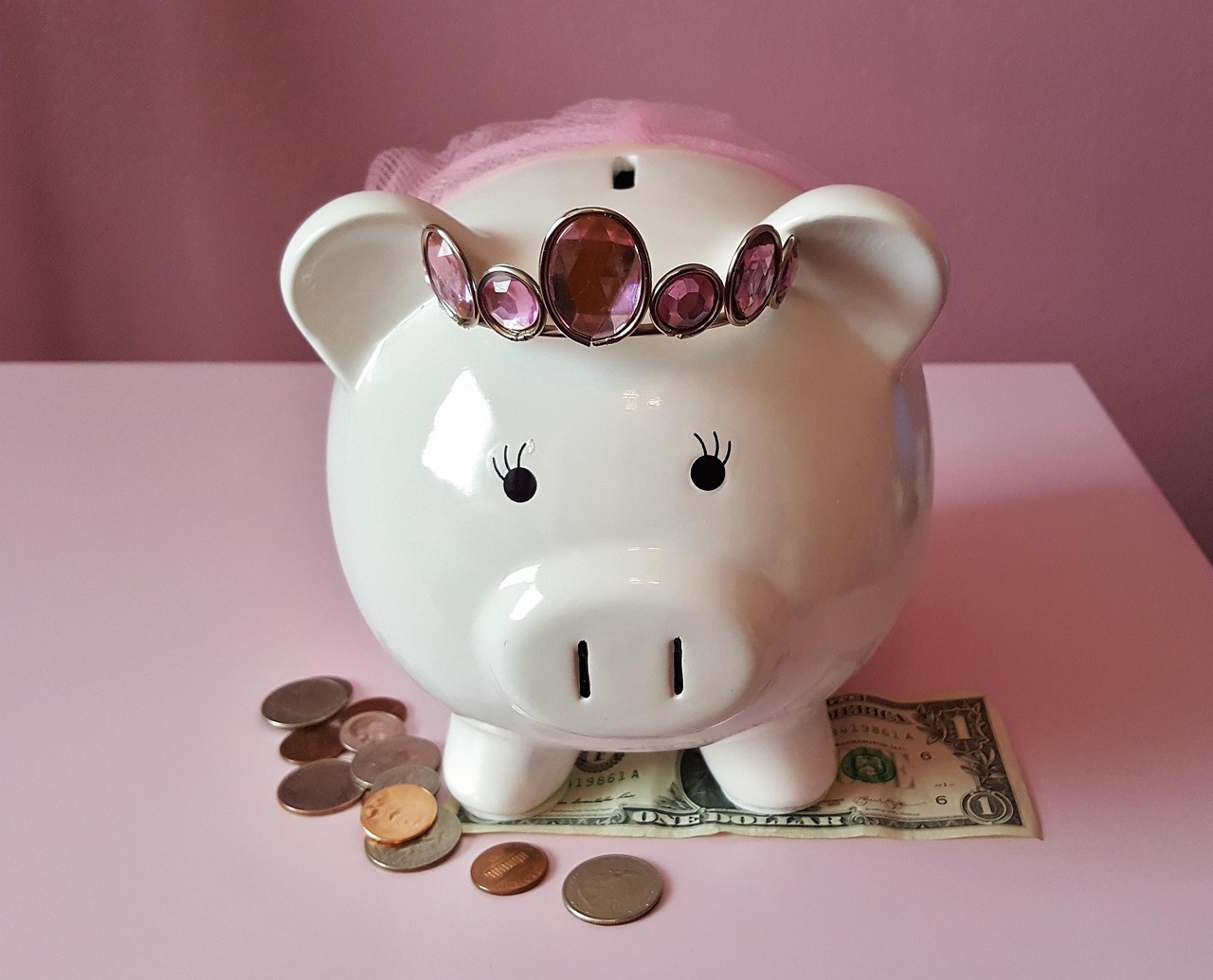
The 50/30/20 rule brings a touch of simplicity to financial planning, making it less intimidating for people new to budgeting. By dividing your income so that 50% goes to needs, 30% to wants, and 20% to savings or debt repayment, this method keeps things straightforward yet effective. According to a 2025 report from the Bureau of Labor Statistics, those who stuck to this rule were 25% more likely to put money away for retirement than non-budgeters. The appeal of this method lies in its balance—it lets you enjoy life without neglecting your future. People find it easy to adjust their spending habits with clear categories, and it’s flexible enough to accommodate changes in income or expenses. Financial planners often suggest it for anyone looking for a manageable, stress-free way to start budgeting.
The Envelope System

For those who want a hands-on approach, the envelope system can be surprisingly powerful. This old-school method involves allocating cash to labeled envelopes for different spending categories. Once the cash is gone from an envelope, that’s it—no more spending in that area until next month. A 2024 study by the Financial Planning Association found that 70% of people using this system experienced fewer impulse purchases. The physical act of handing over cash can make you think twice about frivolous buys. Financial planners often recommend this for people struggling to control card spending or who need a visual reminder of their limits. It makes budgeting tangible, helping you become more mindful and deliberate about where your money goes.
The Pay Yourself First Method
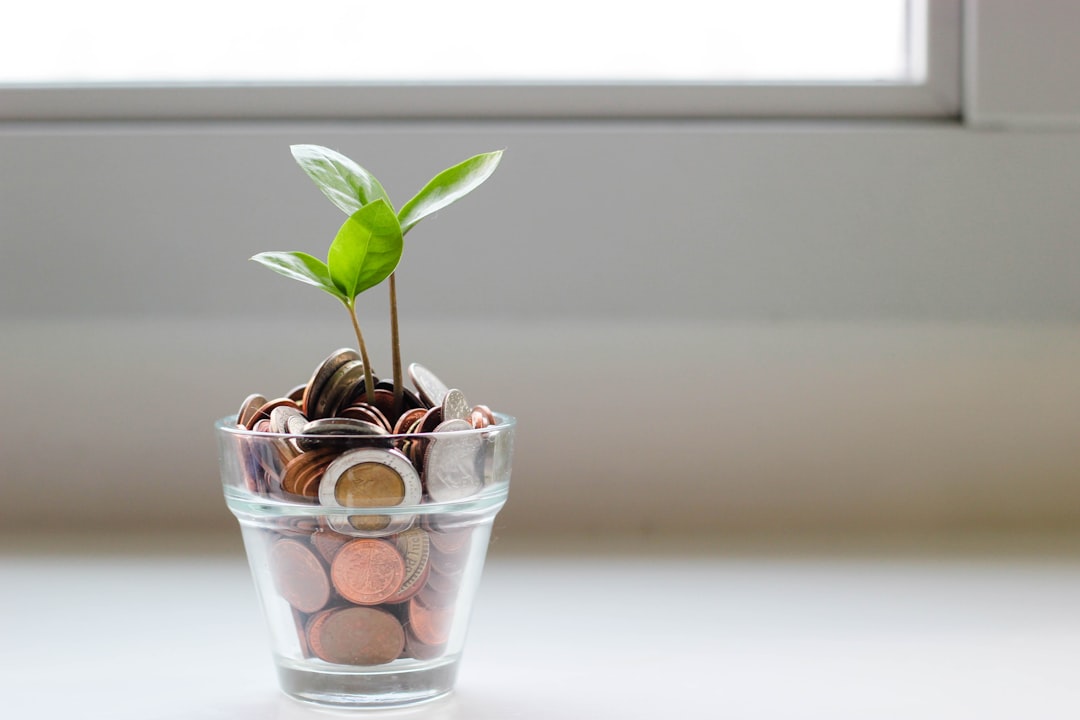
Paying yourself first flips the usual budgeting process on its head by making savings the top priority. Instead of saving whatever is left over, you automatically set aside money for savings or investments as soon as you get paid. This approach is praised by experts as a way to build wealth almost effortlessly. In a 2025 Bankrate survey, 55% of Americans who used this method had emergency funds covering at least three months of expenses—a crucial safety net. The beauty of paying yourself first is that it removes the temptation to spend what you should be saving. Financial planners say that this method not only boosts savings but also fosters a sense of security and control, especially when facing the unexpected.
The 80/20 Rule

The 80/20 rule, rooted in the famous Pareto Principle, asks you to focus on the few expenses that matter most. Instead of tracking every single expenditure, you direct 20% of your income toward savings or debt, while allowing the other 80% for everything else. This approach works because it zeroes in on high-impact changes. A 2024 analysis by the Financial Planning Institute showed users of this method cut unnecessary expenses by 30% on average. By identifying and prioritizing essential outlays, you can streamline your budget without feeling overwhelmed by details. Planners often recommend this strategy to busy people who want to see results quickly without getting bogged down by complicated spreadsheets.
The Cash Flow Budgeting Method
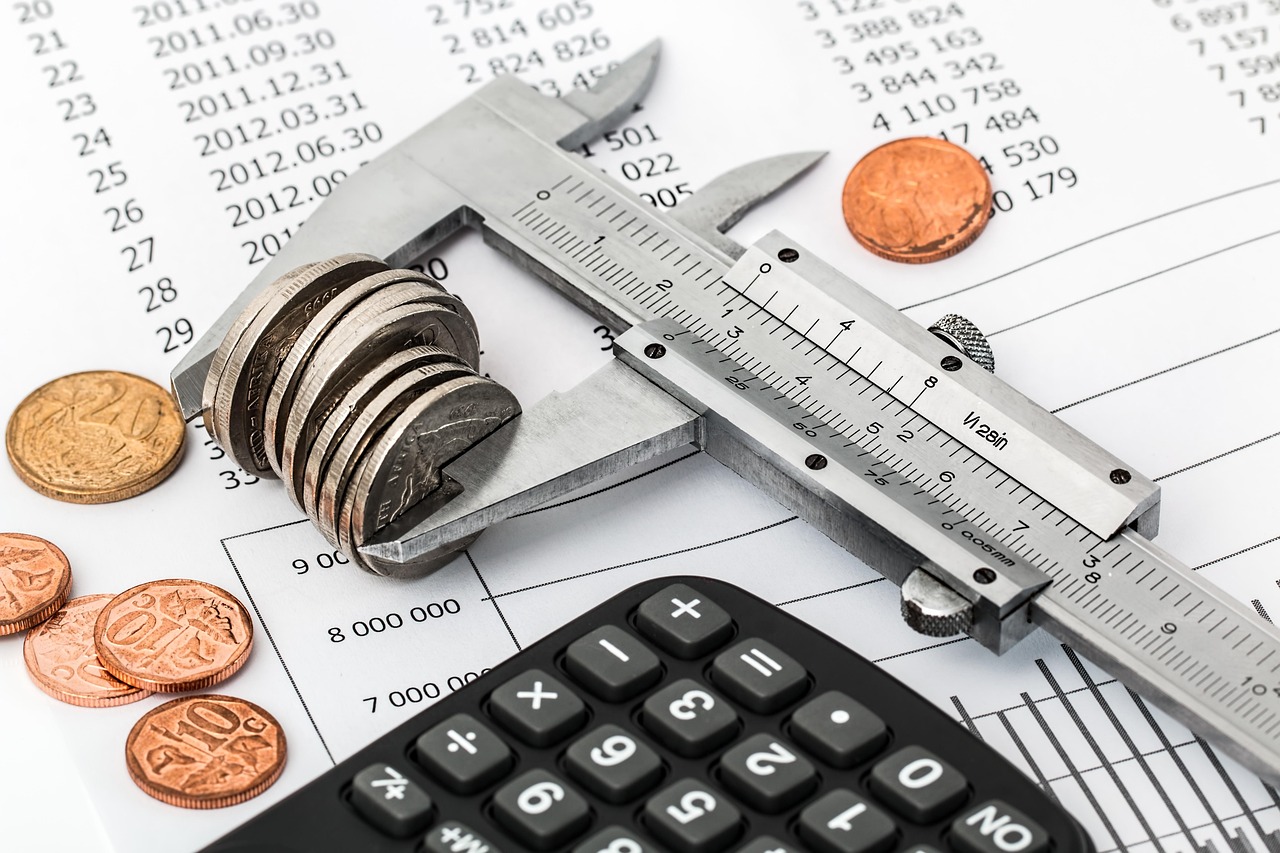
Cash flow budgeting is especially helpful for people whose incomes aren’t the same every month—think freelancers, gig workers, or anyone with variable pay. By tracking money coming in and going out in real time, you get a clear picture of your actual financial situation. The Freelancers Union’s 2025 report found that 65% of freelancers using this method felt more confident about their financial planning. This method is powerful because it helps people avoid the stress of overdrafts and late bills, allowing for smarter decisions about when and how to spend. Financial planners like it for its ability to highlight cash gaps before they become a problem. For anyone living with financial unpredictability, cash flow budgeting can be a game changer.
The Priority-Based Budgeting Method
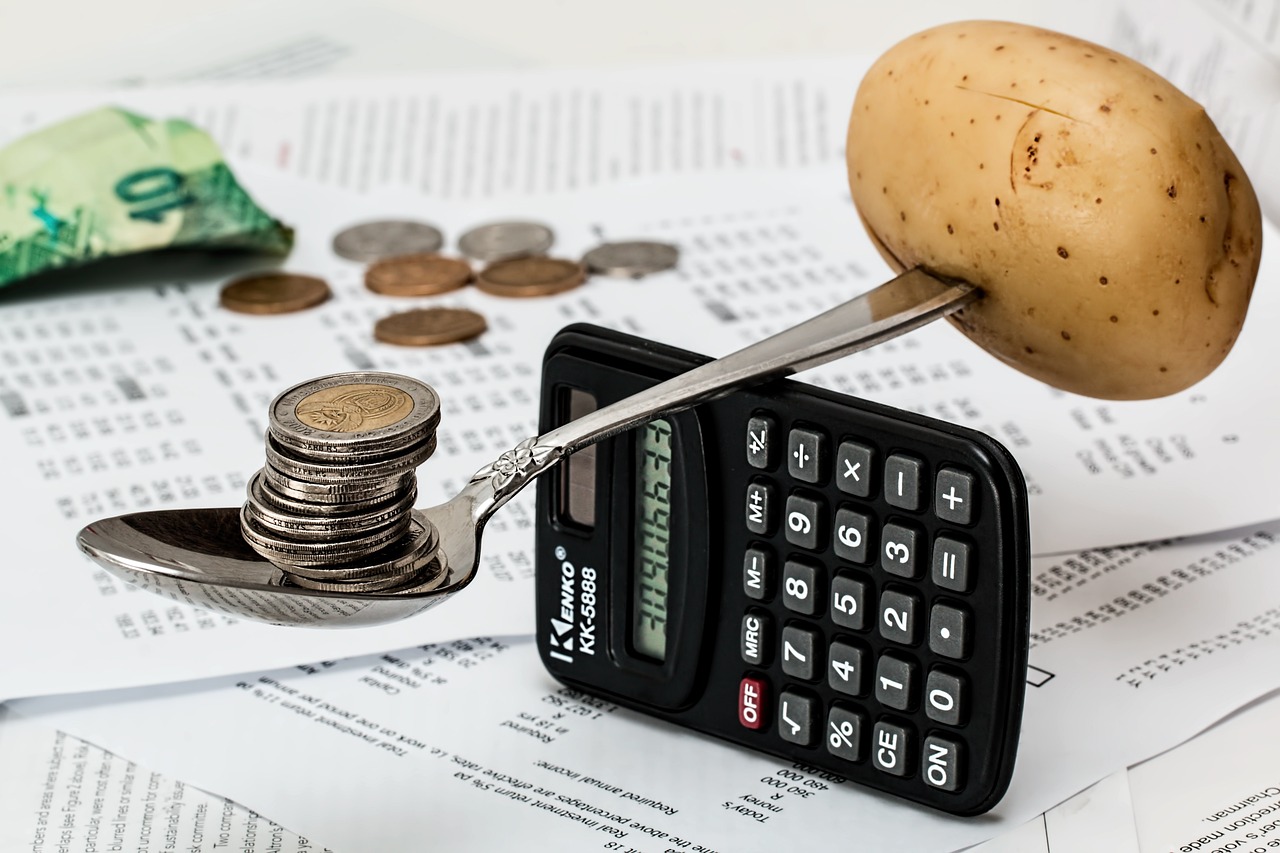
Priority-based budgeting is all about aligning your spending with your personal values and goals. Instead of cutting expenses across the board, you focus on what matters most—whether that’s family, travel, education, or saving for a home. This method encourages you to rank your expenses and direct money towards what brings you happiness or fulfillment. A 2024 American Psychological Association study found that people using this method felt more satisfied with their financial lives. Planners appreciate how it turns budgeting into a positive, even inspiring, experience. When your spending matches your true priorities, sticking to a budget no longer feels restrictive—it feels empowering.
The Incremental Budgeting Method
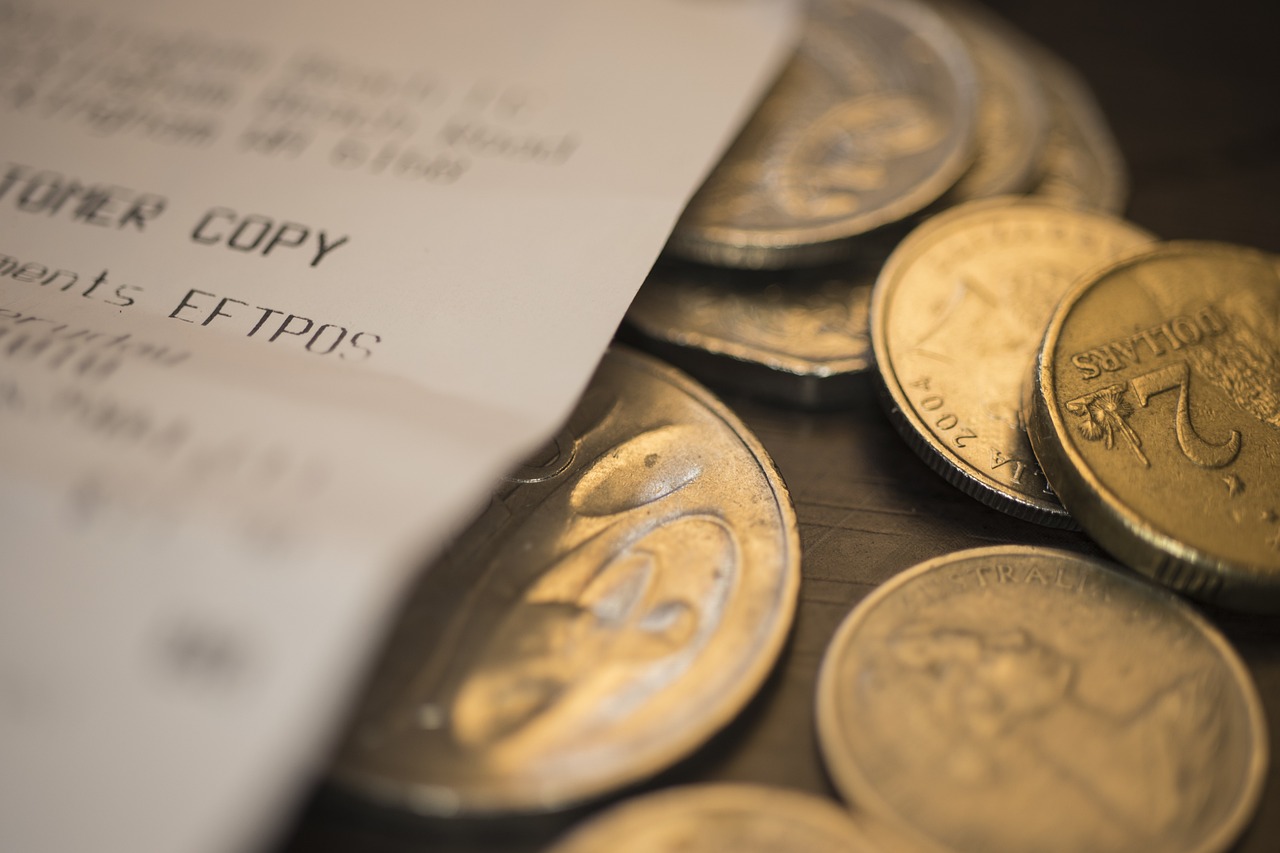
Incremental budgeting takes your previous budget and tweaks it based on expected changes, rather than starting from scratch each month. It’s a method used by many organizations, but it can work for individuals and families too. While it’s straightforward and less time-consuming, experts caution it might not push you to challenge wasteful habits. According to a 2025 analysis from the Institute of Financial Planning, most people who use this method tend to maintain the status quo, which could slow their financial progress. Still, for those who value stability and predictability, incremental budgeting can provide a steady framework and peace of mind.
The 30-Day Rule
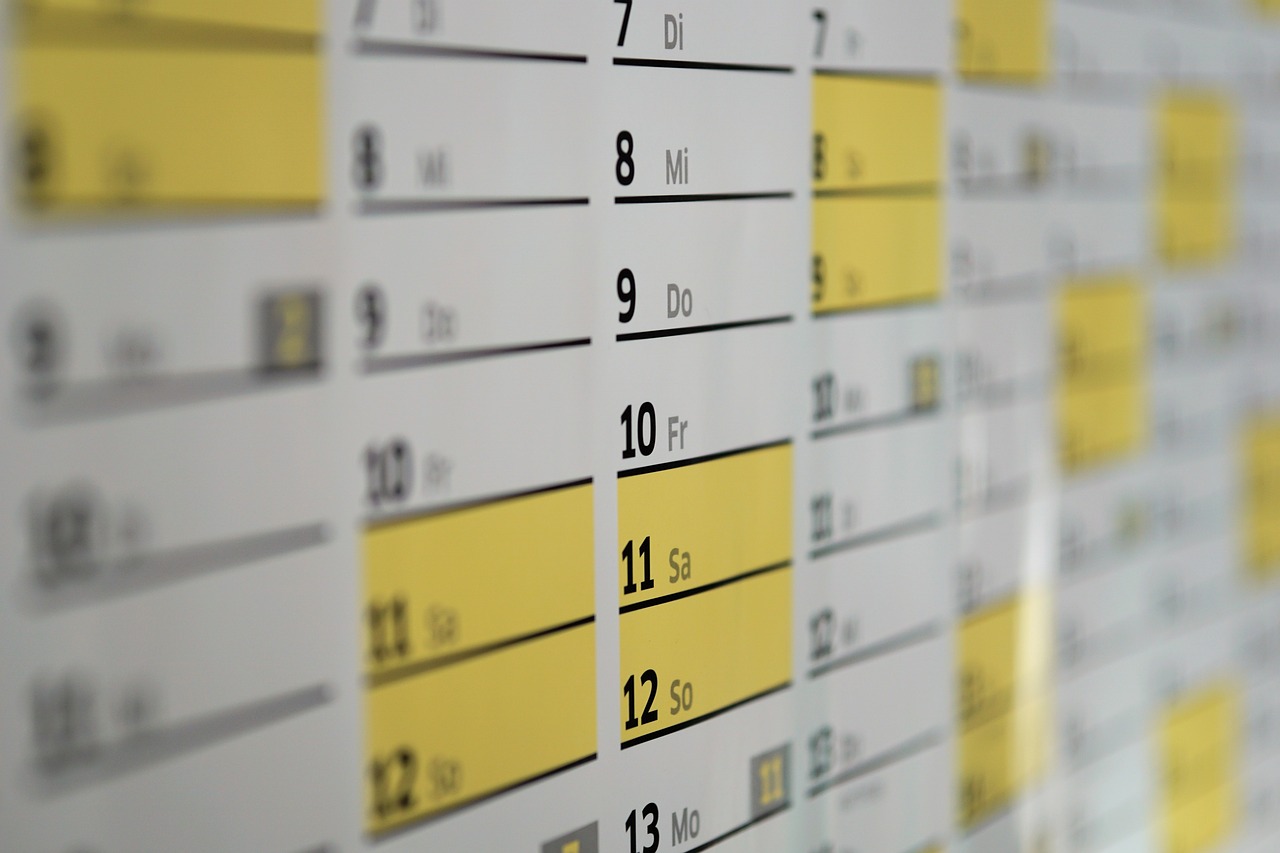
The 30-day rule is a simple yet surprisingly effective way to control impulse spending. Whenever you’re tempted to buy something non-essential, you wait 30 days before making the purchase. This pause gives you time to reflect and decide if you really want or need the item. In a 2024 Consumer Reports survey, 75% of participants who used the 30-day rule felt more confident and satisfied with their financial decisions. Financial planners love this method for its ability to curb emotional spending. By building in a cooling-off period, you’re less likely to buy on a whim and more likely to make thoughtful choices.
The Financial Independence, Retire Early (FIRE) Method

The FIRE method has sparked a movement among people eager to take control of their futures by saving and investing aggressively. Followers of FIRE often aim to save or invest at least 50% of their income, dramatically accelerating their path to financial independence. A 2025 report from the FIRE Movement Association found that participants were 40% more likely to hit their retirement savings goals than traditional savers. While this method requires significant discipline and major lifestyle adjustments, the promise of early retirement is a powerful motivator. Financial planners note that the sense of purpose and achievement can be incredibly rewarding for those prepared to make the necessary sacrifices.
